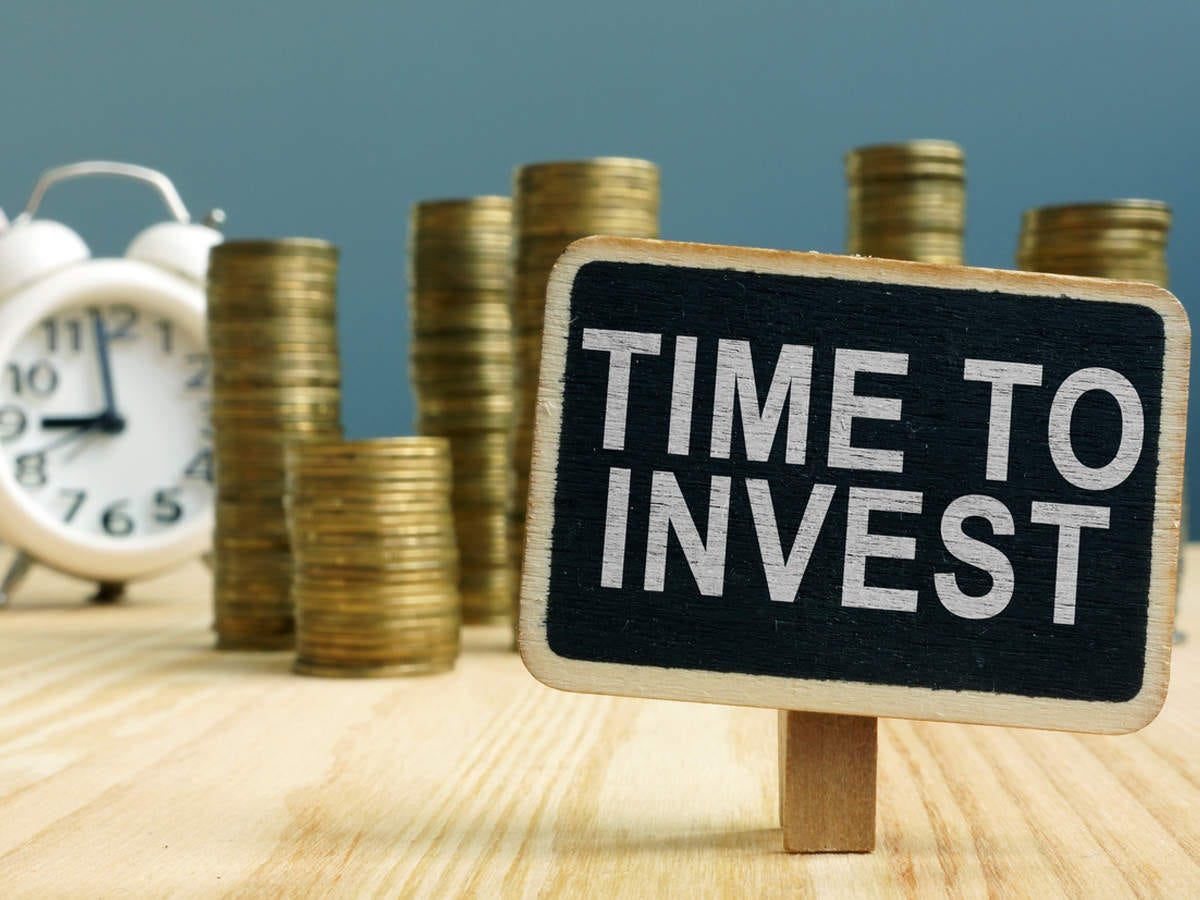Why You Should Still Own Bonds
America may avoid a calamitous recession or depression in the years ahead. But if one does occur, bonds are the best insurance against it...
Balancing the budget has always helped to bring down interest rates. In fact, in the past, it’s helped squash inflation out of the economy. That’s great news for those with ample savings- and no debt. Every year you’re able to buy more with the money you have, instead of losing ground to inflation. But for everyone else, times are tougher than anyone can remember.
In fact, even the wealthy aren’t too happy; The stock market's recent volatility has made many investors leery. Value of real assets like real estate and gold have been stagnant. Bonds have had a field day, but only for investors who have managed to avoid the surging tide.
Ironically, the reason for the pain is rooted in the cause of deflation; when the stock market crashed in 2001, the federal government decided that controlling inflation and balancing the federal budget were more important than “bailing out the Wall Street fat cats.”
So, the politicians refused to pump more money back into the economy, as they had done after the short-lived crashes of 1987, 1990 and 1997. Instead, they stuck to a tight monetary and fiscal policy.
This sucked billions of dollars out of the economy precisely when it was needed most to keep growth going. Though considered wasteful spending by some, this cash went to build roads, feed families, provide health care and finance military research projects.
This fiscal ‘vacuum’ had a ripple effect throughout the rest of the economy. People lost jobs and income, curtailing their spending habits. Anyone doing business with them, from the banks that lent them money… to the communities where they lived, everyone suffered from the trickle down effect of the sharp drop in spending power.
Deflation also sent ‘real’ or inflation-adjusted interest rates to sky-high levels. That made it very difficult for individuals and corporations to borrow money to finance expansion. It also made it difficult for most people to repay the debt they already had, making the occurrence of defaults and bankruptcies evermore common.
I doubt this sounds shocking. Faster inflation is still by far the most likely imminent outcome, due to the combined trends of rising demand for commodities, a worldwide mandate for faster economic growth and the huge monetary and debt overhang in our economy.
But folks, it’s a fine line between galloping inflation and catastrophic deflation or worse, depression. In fact, the very same forces that will produce rapid inflation in the next decade could, under slightly different circumstances, actually create the opposite condition- a deflationary depression.
The Past Can Predict The Future… Sometimes.
History has a tendency to repeat itself and this scenario has certainly happened before. The crippling recession of 1973-74, for example, occurred smack dab in the middle of the high-inflation 1970s. The result for the stock market was one of its worst meltdowns in history, with the average share shedding about half its value.
And history always has something to teach us. In the 1960s, Fed chairman Arthur Burns pumped up the money supply in earnest. The result was the runaway inflation reminiscent of the 1970s. However, the economy was able to pay off its debt and keep growing.
Conversely, during the 1920s, we weren’t so lucky. Government failed to inflate and the economy sank into that generational catastrophe known today as the Great Depression.
There’s only one investment that really gets a charge from deflation, and even depression: Bonds, specifically those of the highest credit quality.
“America may avoid a calamitous recession or depression in the years ahead. But if one does occur, bonds are the best insurance against it.”
Buying a bond is essentially lending money. Lenders make more money when real interest rates are high, which is most true during times of deflation. Lenders and bondholders lose money hand over fist when real interest rates are negative and inflation is rising.
Bonds were big winners during the low-inflation 1980s and early 1990s, actually beating stocks for much of the period. They were a disaster in the high-inflation 1970s, and were losers again as inflation ticked up in the latter 1990s.
But should the economy enter a period of severe deflation and even depression, bond yield could sink as low as 3 or even 2 percent. That would mean a near tripling of bond prices before the trend played out.
For good measure, let’s explore what the possibility of a deflationary depression might look like and what could be the catalyst. I’m going to explain why bonds hold their ground during such catastrophes and point out the best ways to buy them.
Main Causes of Deflation
Deflation is clearly the opposite of inflation. Let me paint a scenario for you. During a deflationary period, money becomes relatively scarce. Therefore, prices of almost all goods and services would fall. Real asset values would also plummet. Real interest rates would skyrocket and debt would become very difficult to repay. If unchecked by central bank increases in money supply growth- which lower real interest rates and make debt easier to pay off- this trend will lead to loan defaults on a massive scale and bank failures, which in turn shrink economic growth even further.
Let’s look in the rear view mirror and learn from our economic mistakes…
Under the gold standard, deflations occurred regularly as countries were forced to adjust their domestic economic policies in line with international gold flows. The catastrophic experience of the 1930s Great Depression ended reliance on the gold standard by most of the world, allowing central banks to prevent future depressions through more flexible monetary policies.
America’s last major deflation took place in the early 1930s. The catalyst was the market crash of 1929, which wiped out billions of dollars in equity literally overnight. At that point, the Federal Reserve was restricted from pumping up the money supply by the shackles of the gold standard. America had to economically ‘fall on its face’ and pick up the pieces, while hopefully learning from our mistakes.
At the time, neither the Hoover administration nor the Federal Reserve was willing to stimulate the economy. The money sucked out of the system by the stock market crash was never replaced. Deflationary conditions continued to rage out of control and the economy sank deeper into a depression.
What are the chances of a repeat performance?
As history clearly shows, the trigger would certainly be some kind of major deflationary event such as another stock market crash and a mistaken response by the government, which would compound the problem by tightening credit, as it did in 1929.
And why would a stock market crash be deflationary?
The answer lies in the history of the crash of 1929. There’s been as much speculation about the causes of the crash as there was investment speculation before it occurred. But most market historians agree on one thing: The 1929 crash and its deflationary aftermath would have been much less severe if fewer Americans hadn’t (literally) leveraged their houses to buy stocks.
It reminds me of the modern crypto craze, when manic investors were taking out 2nd and 3rd mortgages on their homes to buy Bitcoin. It seemed like a moonshot investment scenario that would just keep going up and up… Until it quite rapidly crashed from $60k+ down to 1/5th its all-time high.
In the months leading up to the October 1929 stock market crash, everyone from taxi drivers to insurance salesmen were buying stocks in a retail investor mania. People were lured in with an upswing of ‘get rich quick’ sentiment, combined with low margin requirements. This allowed people to buy a lot of stock for a small amount of cash.
The risks of using such leverage were largely ignored, since stock prices had been rising for several years and almost no one expected the good times to end. Truly a recipe for disaster. As a result, the public was excessively leveraged by the time the crash occurred, resulting in a mind-numbing meltdown with severe repercussions throughout the economy.
Unfortunately, today’s stock market is highly leveraged indirectly, and that’s every bit as threatening. Unless someone is buying stocks on margin, which we wouldn’t recommend for anyone who’s not a professional or highly seasoned, the average investor is not borrowing specifically to buy stocks.
Although, the typical person is still borrowing at the fastest pace in history. Over the past decade, consumer debt has been rising at a much faster clip than consumer income. In more recent years, it has risen even faster than the appreciation in financial assets.
Wrap Up…
What Does Consumer Debt Have To Do With Stock & Bond Markets?
A lot. Although they’re not margining their stock investments per se, Americans are increasingly borrowing money while they’re investing their cash in stocks. In effect, their debt is backed by their equity investments. And in a very real sense, the big move up in the stock market is being supported by huge increases in debt.
Should we experience a repeat of a stock market crash- the likes of 1929- that debt mountain could come crashing down, setting off a major deflationary depression. To position yourself in a prudent manner, it’s always good to hold some high quality bonds in your investment portfolio to help mitigate a plethora of economic conditions that could arise.







Munis bought at or around peak of interest rates have been showing equity returns with safety